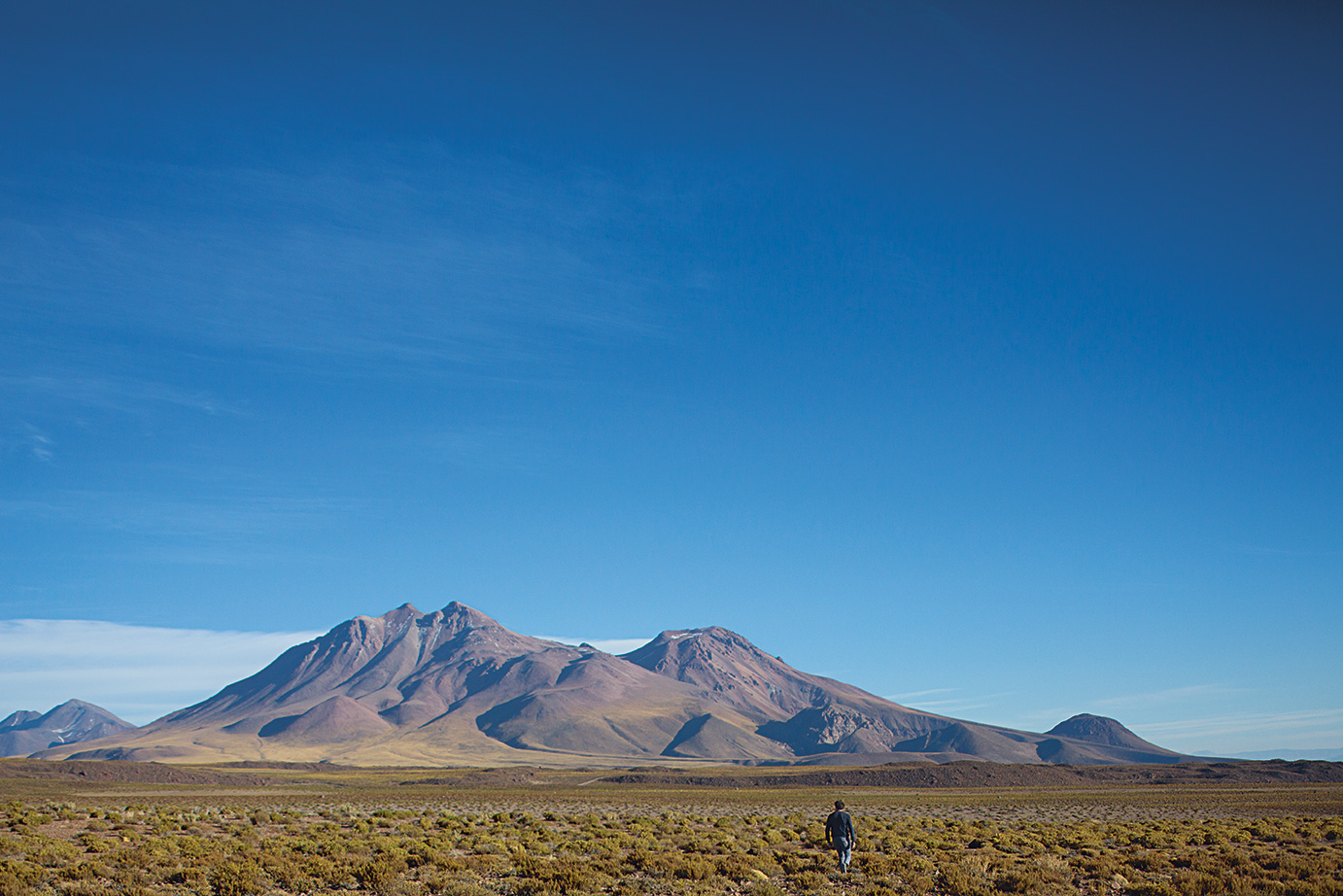
Discover the Atacama Desert with Boragó’s Rodolfo Guzmán
It’s one of the driest places on earth but Rodolfo still found beautiful ingredients for his restaurant
Chile’s Atacama Desert is so dry and devoid of life that, when researchers copied the Viking 1 and Viking 2 Mars probes' soil tests they found that in certain places this beautiful, near-lifeless desert’s soil was entirely free from any trace of DNA, just like the plains of the Red Planet.
Nevertheless, the intrepid Chilean chef Rodolfo Guzmán and founder of Santiago’s renowned Boragó restaurant still adores this remarkable expanse, and still finds ingredients in it to add to his own beautiful take on Chilean cookery.
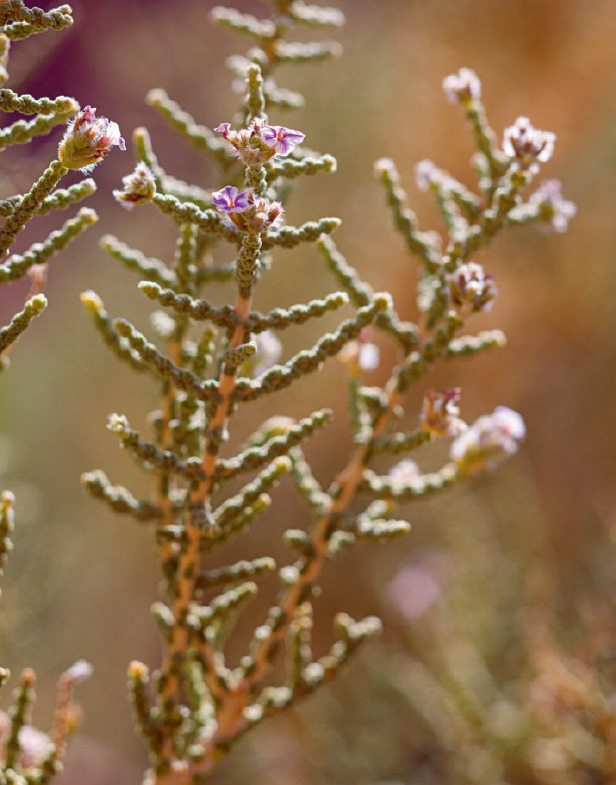
“The first time I went to the Atacama Desert, I couldn’t believe my eyes: a place so dry that any life there is considered to be a true miracle of nature, given the zero percent humidity,” says chef Guzmán in our new book. “When you look around the desert you don’t see much, only small bushes that at first glance all seem the same, until you get close and then realize how different they are from each other. And the taste of their leaves, fruits, stems, or roots is mind-blowing.”
Chewing down an exotic piece of shrubbery might not have been everyone’s first instinct, yet Guzmán has devoted his life to uncovering Chile’s cuisine, working with indigenous groups, such as the desert’s Atacameno people, to learn how they manage to conjure nourishment out of the desert’s plains. Under their guidance, he found the desert, far from being devoid of gastronomic value, was actually bursting with unusual taste sensations.
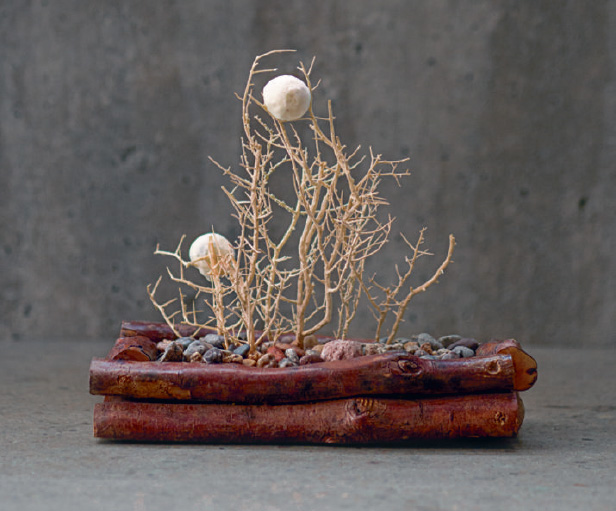
“Practically everything I saw around me was edible, with flavours so different to what I’d tasted before, I didn’t even have a taste memory as a reference point,” he says. “Most of the plants and fruits look like familiar plants or bushes, but they have completely different flavours. I felt like a kid in a candy store.”
On his trips to the Atacama he discovered copa copa, an incredibly bitter plant that, when ground and added to milk, “the colour turns intensely blue, the bitterness disappears, and a beautiful aroma emerges." He also harvested copao, a wild, sweet cactus fruit, rich in potassium and vitamin C, that flourishes in the summer; and rica rica “probably the most delicious ingredient of the desert,” says the chef.
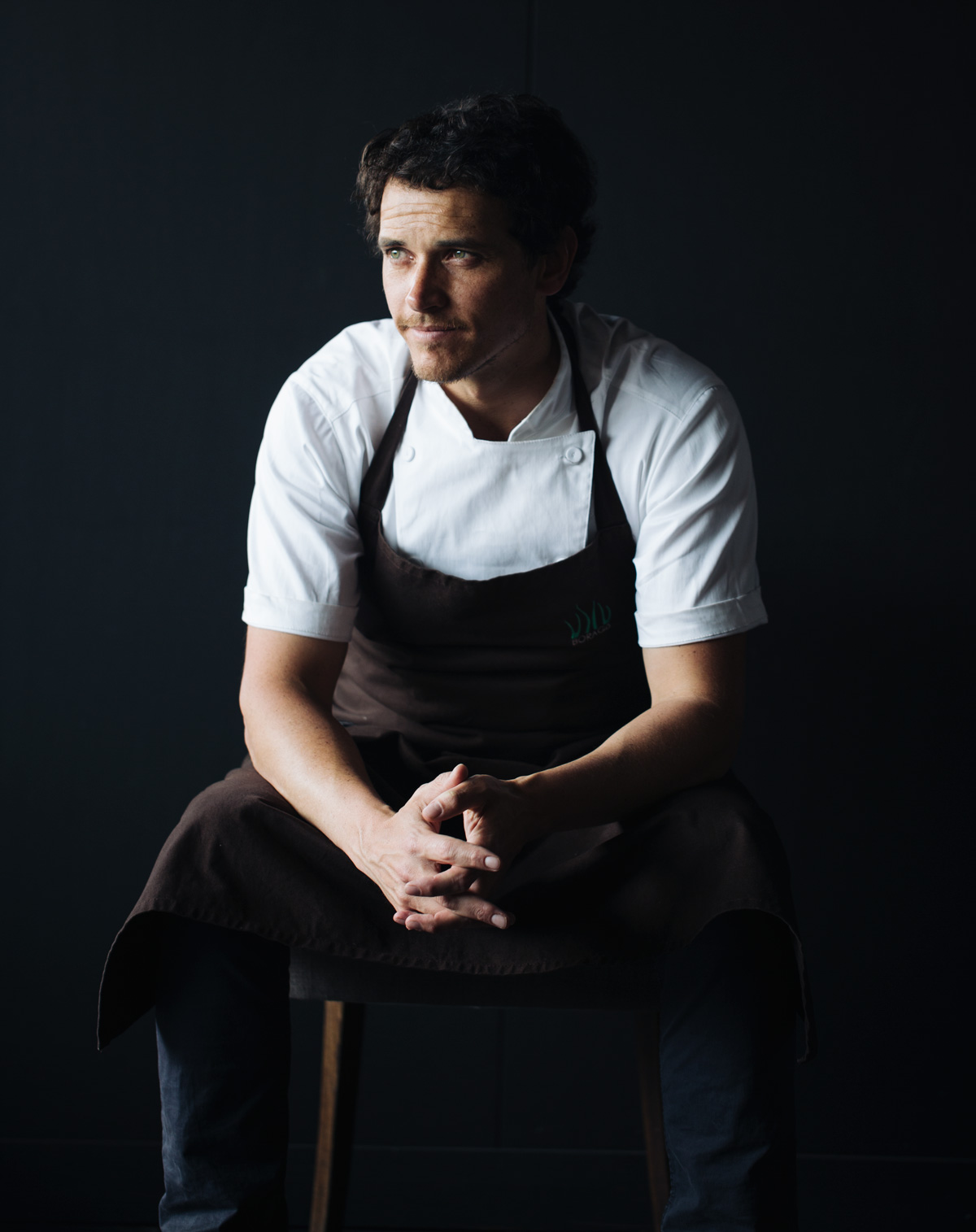
“It is deep green, a size almost between a bush and a small tree, and grows at an altitude of 11,500 feet (3,500meters). When rica rica flowers, it becomes even more aromatic. We always use these flowers when we have the chance - they have a mild mint scent, even stronger than the plant itself.”
All these heavenly ingredients have found their way into dishes at Boragó, introducing diners to dishes that originate in a beautiful, near-alien environment - and taste out of this world.
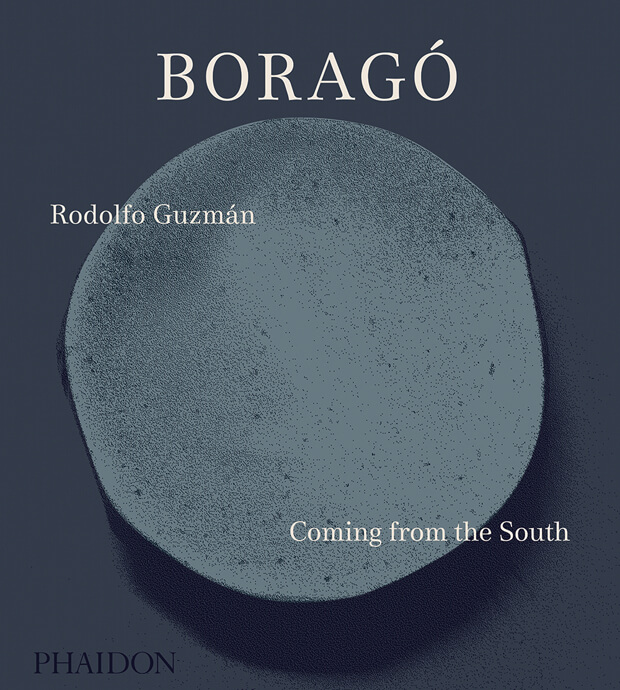
For a wider gastronomic guide to Chile and its seemingly infinite culinary possibilities, order a copy of Boragó here.